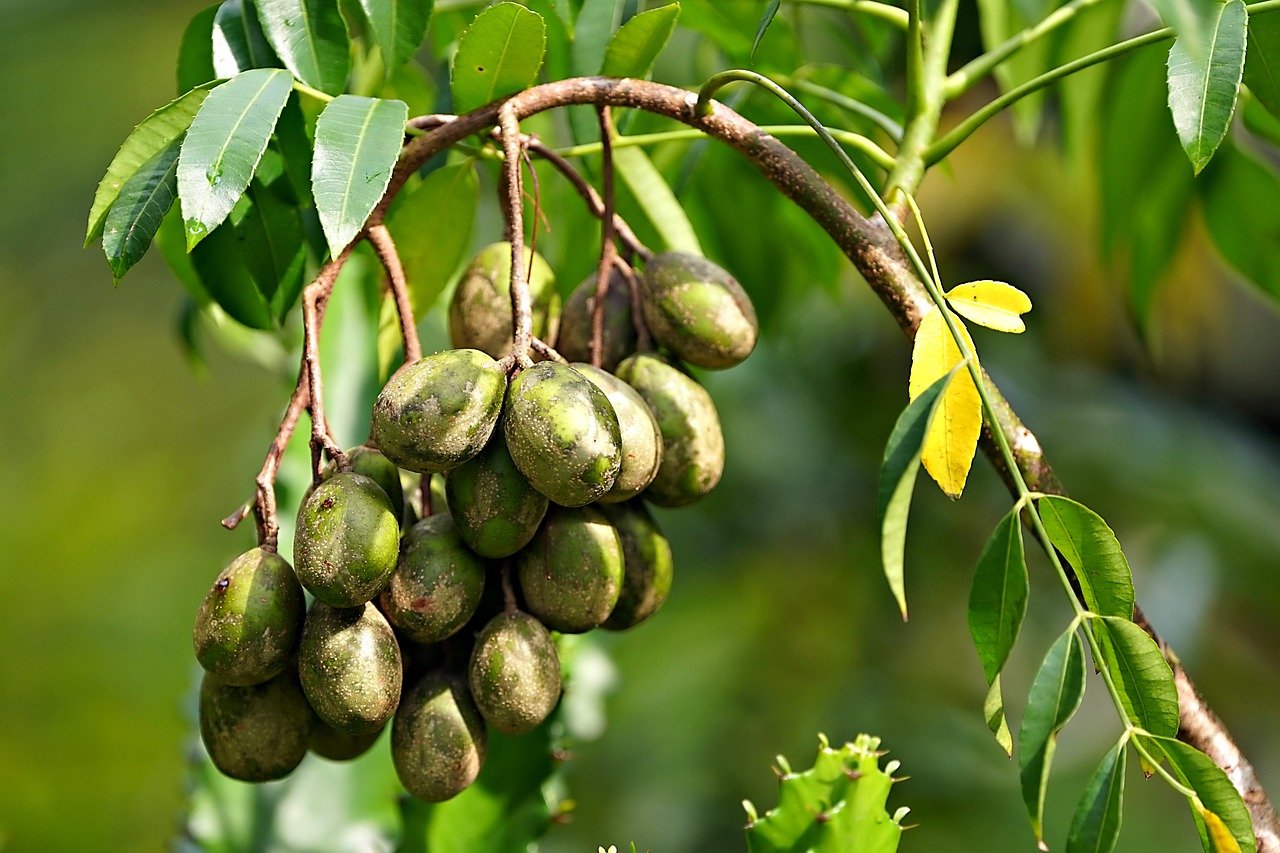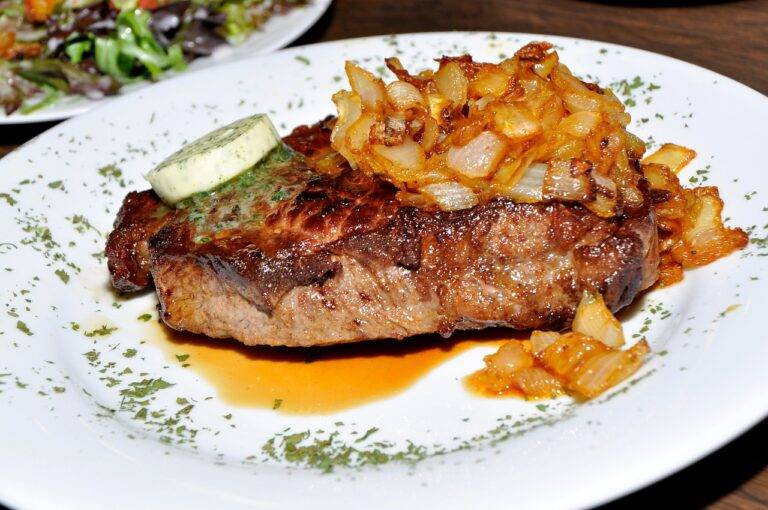The Science of Fermentation: Exploring Microbial Transformation in Food
Fermentation is a metabolic process that converts carbohydrates, such as sugars, into alcohol or organic acids using microorganisms like yeast or bacteria. This biochemical reaction occurs in the absence of oxygen, making it an anaerobic process. During fermentation, the microorganisms break down the sugars present in the food or beverage, producing byproducts that alter the flavor, texture, and nutritional value of the final product.
The process of fermentation involves a series of chemical reactions that transform the substrate into different compounds, releasing energy in the form of adenosine triphosphate (ATP). This energy is essential for the growth and survival of the microorganisms carrying out the fermentation process. Depending on the type of microorganism involved and the conditions of the fermentation environment, the end products can vary greatly, resulting in a diverse range of fermented foods and beverages enjoyed worldwide.
History of Fermentation in Food Production
Fermentation has been utilized in food production for thousands of years, with its origins dating back to ancient civilizations. One of the earliest known forms of fermentation was the process of turning milk into yogurt, which traces back to the Neolithic period. This transformation was likely accidental, as milk stored in warm conditions would curdle and ferment due to natural microorganisms present in the environment.
Similarly, the fermentation of grains like barley and wheat to produce beer and bread began in ancient Mesopotamia around 6000 BC. The Sumerians are credited with developing the earliest known written recipe for beer, showcasing the significance of fermentation in their culinary practices. Over time, fermentation techniques spread across different cultures, leading to the creation of diverse fermented foods and beverages that are still enjoyed today.
Types of Microorganisms Involved in Fermentation
In the world of fermentation, a variety of microorganisms play crucial roles in transforming raw ingredients into delicious products such as yogurt, cheese, sauerkraut, beer, and bread. The most common types of microorganisms involved in fermentation include bacteria, yeast, and mold. Bacteria are single-celled organisms that can be both beneficial and harmful, depending on the fermentation process and the conditions in which they are cultivated.
Yeast is another group of microorganisms that are essential for fermentation, particularly in processes like beer brewing and bread making. Yeasts are fungi that convert sugars into alcohol and carbon dioxide during fermentation, giving rise to the distinct flavors and textures found in fermented products. Lastly, molds are also prevalent in fermentation, contributing to the ripening and flavor development of certain cheeses and fermented meats. Each type of microorganism brings its unique characteristics and contributions to the complex and fascinating world of fermentation.
• Bacteria are essential for processes like yogurt and sauerkraut fermentation
• Yeasts play a crucial role in beer brewing and bread making
• Molds contribute to the ripening and flavor development of cheeses and fermented meats
What is fermentation?
Fermentation is a metabolic process that converts carbohydrates, such as sugars and starches, into alcohol or organic acids using microorganisms like yeast or bacteria.
How does fermentation work?
During fermentation, microorganisms break down sugars through a series of chemical reactions, producing alcohol, carbon dioxide, or organic acids as byproducts.
What is the history of fermentation in food production?
Fermentation has been used for thousands of years to preserve food and enhance its flavor. Ancient civilizations like the Egyptians and Mesopotamians were known to ferment foods such as bread, cheese, and wine.
What are some common types of microorganisms involved in fermentation?
Some common microorganisms involved in fermentation include yeast, bacteria, and mold. Yeast is commonly used in producing bread, beer, and wine, while bacteria like Lactobacillus are used in fermenting dairy products like yogurt and cheese. Mold is used in fermenting soybeans to produce products like miso and tempeh.







